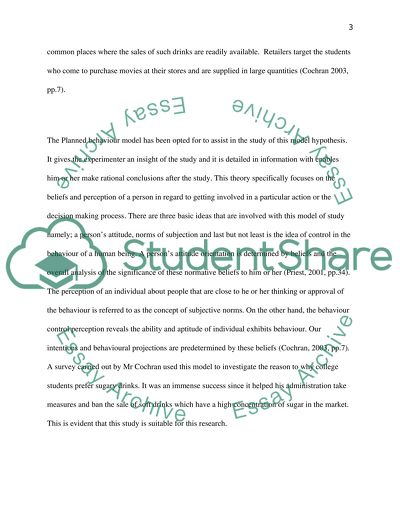Cite this document
(“Why do students drink soft drinks Research Paper”, n.d.)
Why do students drink soft drinks Research Paper. Retrieved from https://studentshare.org/health-sciences-medicine/1464373-why-do-students-drink-soft-drinks
Why do students drink soft drinks Research Paper. Retrieved from https://studentshare.org/health-sciences-medicine/1464373-why-do-students-drink-soft-drinks
(Why Do Students Drink Soft Drinks Research Paper)
Why Do Students Drink Soft Drinks Research Paper. https://studentshare.org/health-sciences-medicine/1464373-why-do-students-drink-soft-drinks.
Why Do Students Drink Soft Drinks Research Paper. https://studentshare.org/health-sciences-medicine/1464373-why-do-students-drink-soft-drinks.
“Why Do Students Drink Soft Drinks Research Paper”, n.d. https://studentshare.org/health-sciences-medicine/1464373-why-do-students-drink-soft-drinks.


